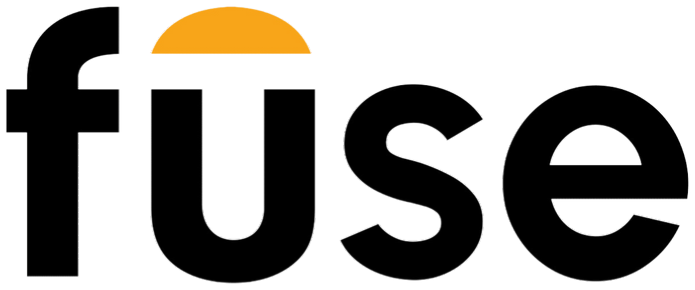Hybrid Is Dead / Long Live Hybrid

By Catherine Dorrough
For a time in 2021, it seemed like hybrid events were finally ready to have their moment.
Pre-pandemic, the conference organizers I worked with regarded hybrid elements as “nice-to-haves,” but certainly not “must-haves.” The moment the purse strings tightened during the planning phase (and they always seemed to tighten), the hybrid elements landed on the chopping block. Goodbye, on-demand presentations. Au revoir, bonus content. It always struck me as a terrible missed opportunity. Then again, I wasn’t the one investing my own money in it, so it was all too easy to coach from the stands.
When the pandemic forced many of us to embrace virtual event tech, it suddenly seemed possible that the industry might be in the midst of a permanent tech-forward change. The line between events and media blurred. There were lots of conversations about what makes an online experience truly an “event.” And, as in-person events rebounded, the air felt rich with new, sometimes outlandish possibilities. (Remote attendees roaming show floors on the backs of robots! Virtually staffed trade show booths! The metaverse!)
But then reality kicked in. As everyone got re-acclimated to hosting in-person events, we found ourselves collectively reeling from the dregs of Covid trauma, desperate to reclaim some sense of normalcy. We craved the safe, the affordable, the simple, the predictable. This was one hundred percent understandable, both from a human perspective and from a business perspective. However, this also meant that, once again, hybrid “nice-to-haves” often found themselves on the chopping block. (There are, of course, exceptions. The events industry certainly isn’t a monolith.)
Here’s the thing, though. I think we’ve been thinking about the concept of “hybrid” all wrong, and it’s been limiting our ideas about what’s possible. As the meetings and events industry continues to strengthen, we have a renewed opportunity to push the industry into interesting and lucrative new territory.
“Hybrid” often feels inherently expensive, equating to pricey platforms, higher AV costs, and increased staffing. However, we already live our everyday lives in a hybrid world. Unless I’m deep – and I mean deep – in the woods, trekking along some mountain trail without any phone reception, I spend each day blending the digital and the in-person, shifting back and forth so seamlessly that I don’t even notice it.
When I go for an interesting hike, I post photos on social media so my out-of-town family can keep up with what’s new in my life. I take asynchronous writing classes online that I love to discuss with my in-person book club. This Mother’s Day, I texted our family to invite them over for brunch, and then we all texted photos from the day back and forth to each other.
All of this sounds really obvious, right? It should, because I’m just describing normal life. The digital components don’t detract from the in-person ones, as some people seem to fear they will. They aren’t prohibitively expensive, or cumbersome. Instead, they enhance my “IRL” life and help keep me connected to the non-work communities that are so vital to my well-being.
I believe that if we expand our definition of what hybrid experiences can be, we’ll discover lots of new opportunities to leverage the digital tools we already use every day to strengthen both in-person events and the pre- and post-event experience. Instead of limiting ourselves to thinking about hybrid events, let’s think instead about hybrid communities, or ecosystems where people can connect through an organic combination of digital and in-person touchpoints just like we do in every other facet of our lives.
In other words, if you want to connect your community outside of your core in-person event, you don’t necessarily need to run out and commit to a bunch of expensive new tech to make it happen. Instead, start by investigating where the people in your audience already gather, then build your community around that framework. Don’t be afraid to simplify.
Remember, “community” isn’t a platform, a tactic, or a set of talking points. It’s people. People are creatures of habit, so if you ask them to go join a community space that’s unfamiliar, they’re not going to bite (no matter how much you spent on all the bells and whistles). However, if you try to meet people where they are – whether that’s in person or online, at your big annual conference or between events – you’ll find that the way forward becomes much clearer, and any associated costs seem like less of a leap.
Catherine is the Creative Director at Fuse’s parent company, JDC Events. She is also a former Editor in Chief of ConventionSouth magazine and an occasional feature writer for Mobile Bay magazine. Before joining JDC, she served as Head Designer for Breakbulk, a global magazine and trade show portfolio owned by London-based independent show organizer Hyve.
